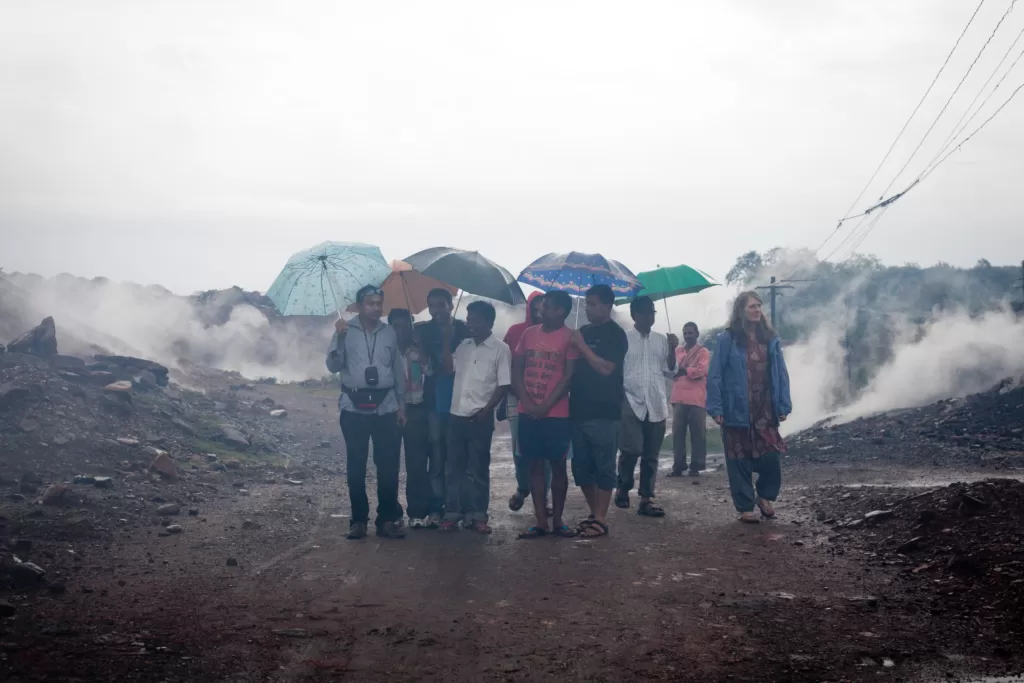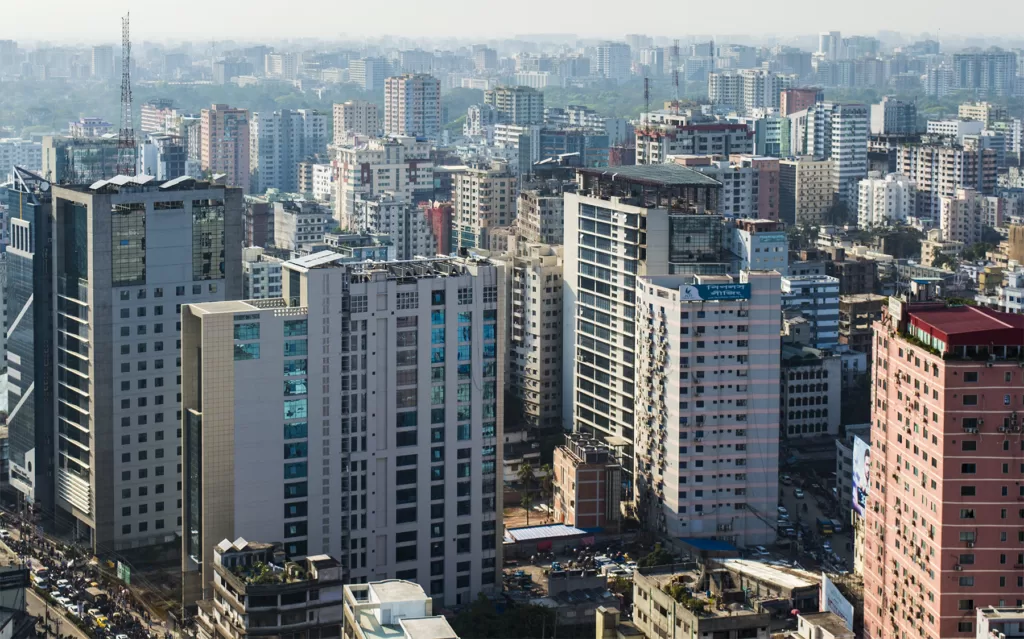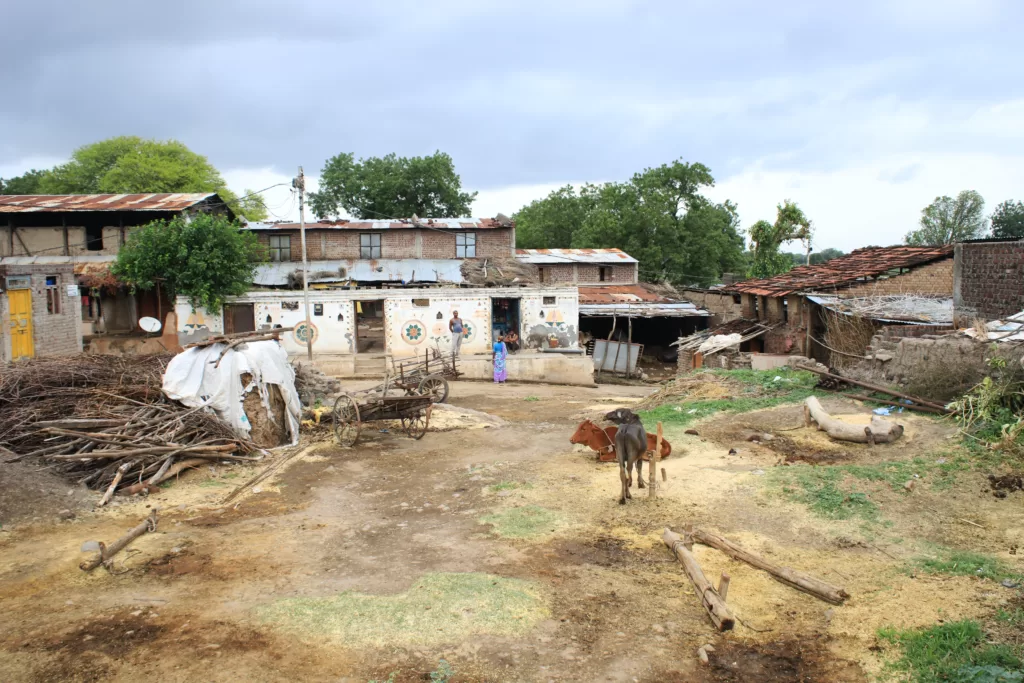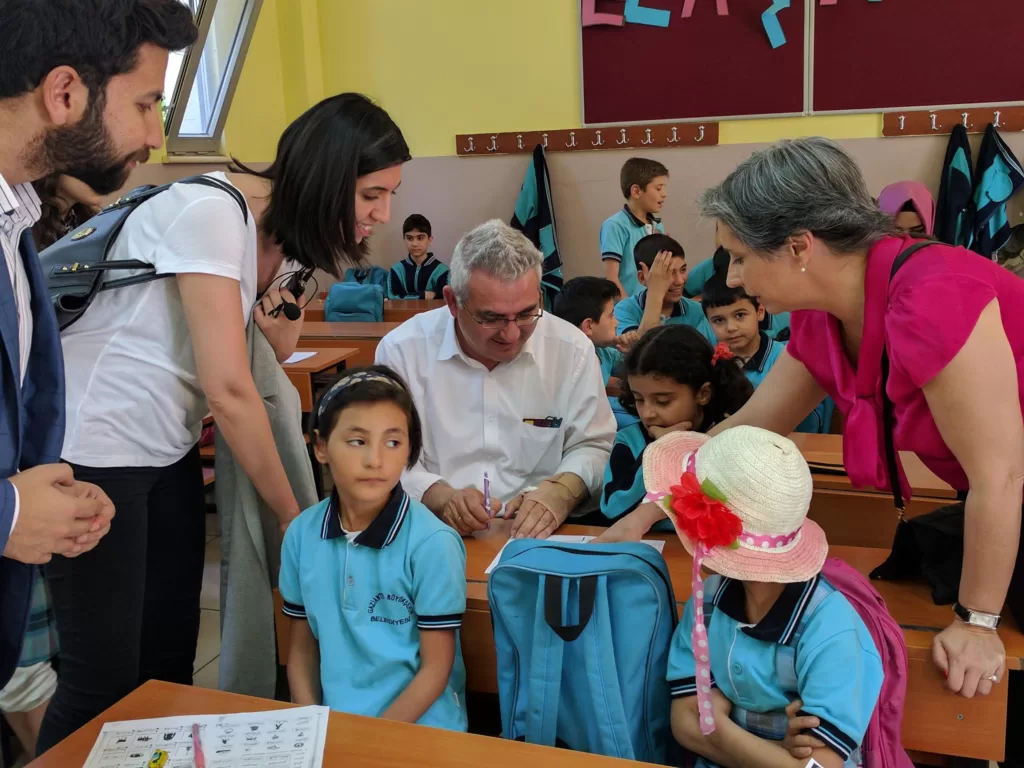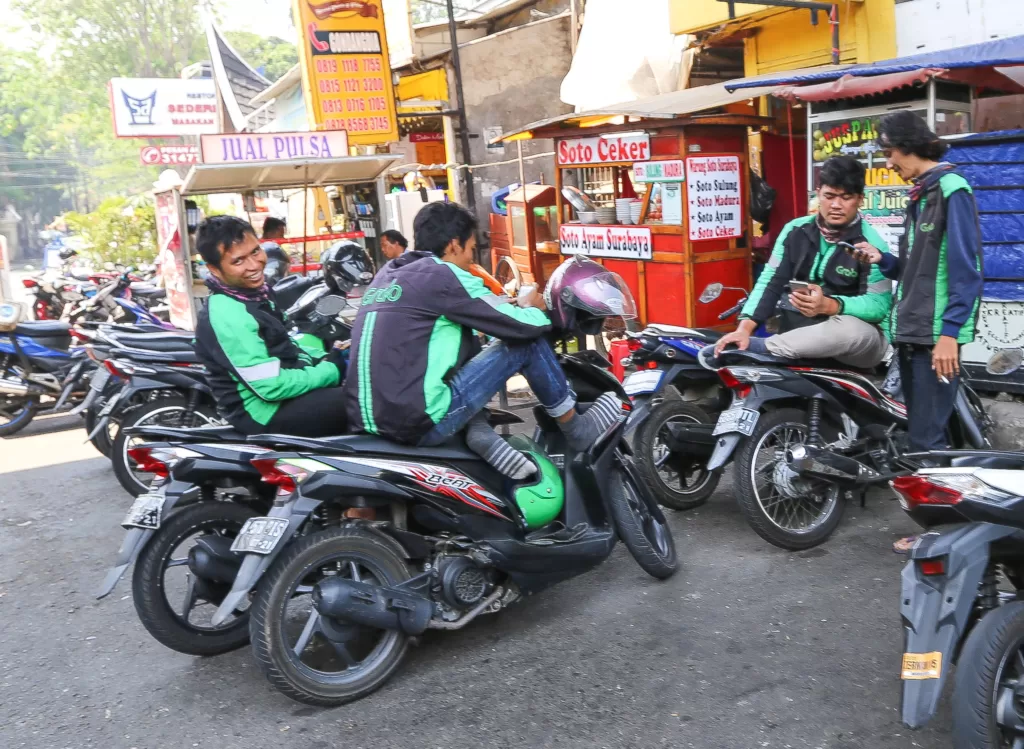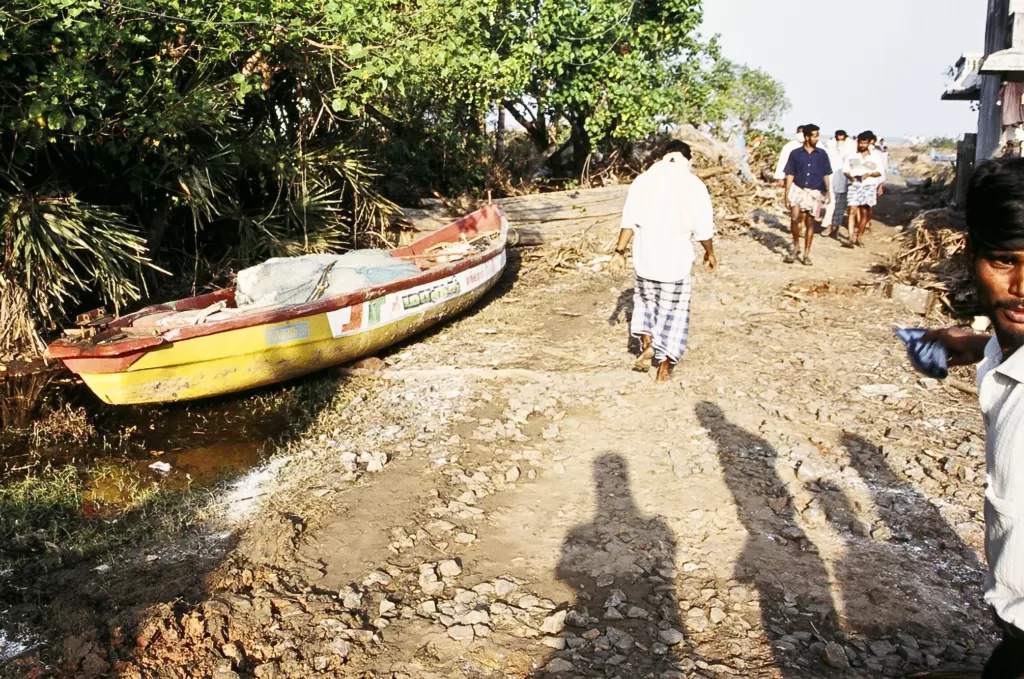We use cookies to improve your experience with Monash. For an optimal experience, we recommend you enable all cookies; alternatively, you can customise which cookies you’re happy for us to use. You may withdraw your consent at any time. To learn more, view our Website Terms and Conditions and Data Protection and Privacy Procedure.
Millions forced to move by war, famine and disaster
Published on June 19, 2023Shock mobility is a response to acute disruptions like natural disasters, wars, pandemics or economic crises.
 What happens when people are forced to leave their homes to seek safety, security and opportunities elsewhere? : Michael Joiner, 360info CC BY 4.0
What happens when people are forced to leave their homes to seek safety, security and opportunities elsewhere? : Michael Joiner, 360info CC BY 4.0
Shock mobility is a response to acute disruptions like natural disasters, wars, pandemics or economic crises.
The war in Ukraine has led to around 20 percent of the country’s population fleeing overseas.
Even after 12 years, the war in Syria remains the world’s largest refugee crisis.
Since 2011, more than 6.8 million Syrians have been forced to flee their country and almost an equal number remain internally displaced.
Wars alone do not lead to shock mobility.
The shock of the sudden COVID-19 lockdown of 2020 led to millions of workers migrating from Indian cities back to their villages on foot as public transport had been stopped.
Shock mobility refers to the sudden movement of people due to acute disruptions such as a tsunami, cyclone, earthquake, war, pandemic, economic crisis or any other unexpected or unpredictable event.
People are forced to migrate from their homes in search of security and survival elsewhere.
To mark World Refugee Day on June 20, 360info in partnership with the Calcutta Research Group asked migration experts to analyse the impact of shock mobility on migrants as well as society.
Originally published under Creative Commons by 360info™.
Editors Note: In the story “Shock mobility” sent at: 19/06/2023 10:28.
This is a corrected repeat.


